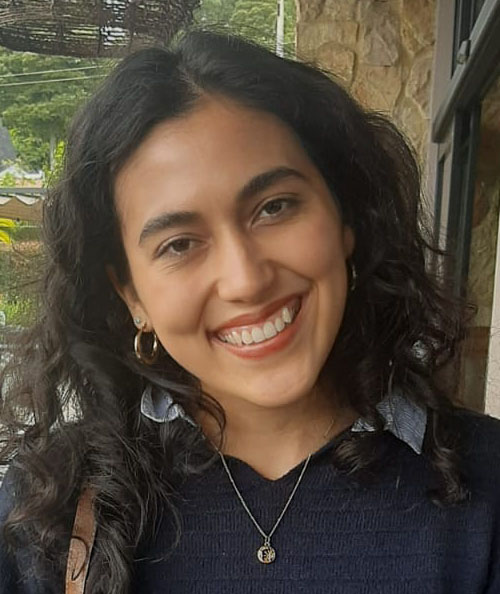
Mexico Pursues Bioeconomy in the Agricultural Sector: SADER
 By Eliza Galeana | Junior Journalist & Industry Analyst -
Tue, 11/22/2022 - 14:02
By Eliza Galeana | Junior Journalist & Industry Analyst -
Tue, 11/22/2022 - 14:02
According to the Ministry of Agriculture and Rural Development (SADER), Mexico is working on the development of a strategy based on the bioeconomy for agriculture. The goal is to offer sustainable agri-food products, creating added value and boosting both social and economic development, with an emphasis on environmental care.
The European Commission defines a bioeconomy as the production of renewable biological resources and the conversion of these resources and waste streams into value-added products such as food, bioproducts and bioenergy. The bioeconomy is meant to be sustainable, as it promotes the responsible production and consumption of goods without causing detriment to the natural environment.
According to Santiago Arguello, General Coordinator of Agriculture, SADER, some European countries already have strategies based on the bioeconomy, while the US works with a scheme for the industrialization of biomass. Other countries, such as South Africa, Malaysia and Thailand, are planning the transition to this model. “A model based on the bioeconomy will allow us to work alongside the main national and international institutions and organizations of science and technology and accompany the development of sustainable practices in the primary sector,” said Arguello.
Alfonso Martinez, Coordinator of the Biodiversity Finance Initiative (BIOFIN) for the United Nations Development Program (UNDP), stressed that the UN is working to consolidate an international project vision. He said it is necessary to foster services related to the agribusiness and biodiversity business.
BIOFIN is a global partnership that comprehensively addresses the challenge of financing biodiversity-oriented action plans. It aims to help governments justify increased investment in the conservation, sustainable use and equitable distribution of the ecosystem.
Martínez pointed out that one of the challenges that the bioeconomy model faces in Mexico is to generate specific and contextualized financial products for the different activities in the productive chain of the agricultural sector. Meanwhile, at a national level, states like Nuevo Leon, Guanajuato, Queretaro, Quintana Roo, Jalisco and Mexico City have started formulating public policies aimed at the sustainable use of natural resources, waste management and waste circulation.
Martha Escalante, Executive Secretary, the Innovagro Network of the Inter-American Institute for Cooperation on Agriculture (IICA), said that the network supports the Biopasos project, which promotes biodiversity through agrosilvopastoral practices in the states of Campeche, Chiapas and Jalisco. She explained that the project involves more than 1,230 producers from 20 municipalities in the three states, all of whom have modified their production practices, shared their knowledge and improved their living conditions.
“The goal of this program is to ensure food security, manage resources sustainably, reduce dependence on non-renewable resources, mitigate and adapt to climate change, create jobs, maintain competitiveness and generate new value chains,” she noted.
The bioeconomy project is supported by the National Commission for the Use and Conservation of Biodiversity (Conabio), the Tropical Agricultural Research and Teaching Center (CATIE) and Germany’s Ministry of Environment, Nature Protection and Nuclear Safety.















